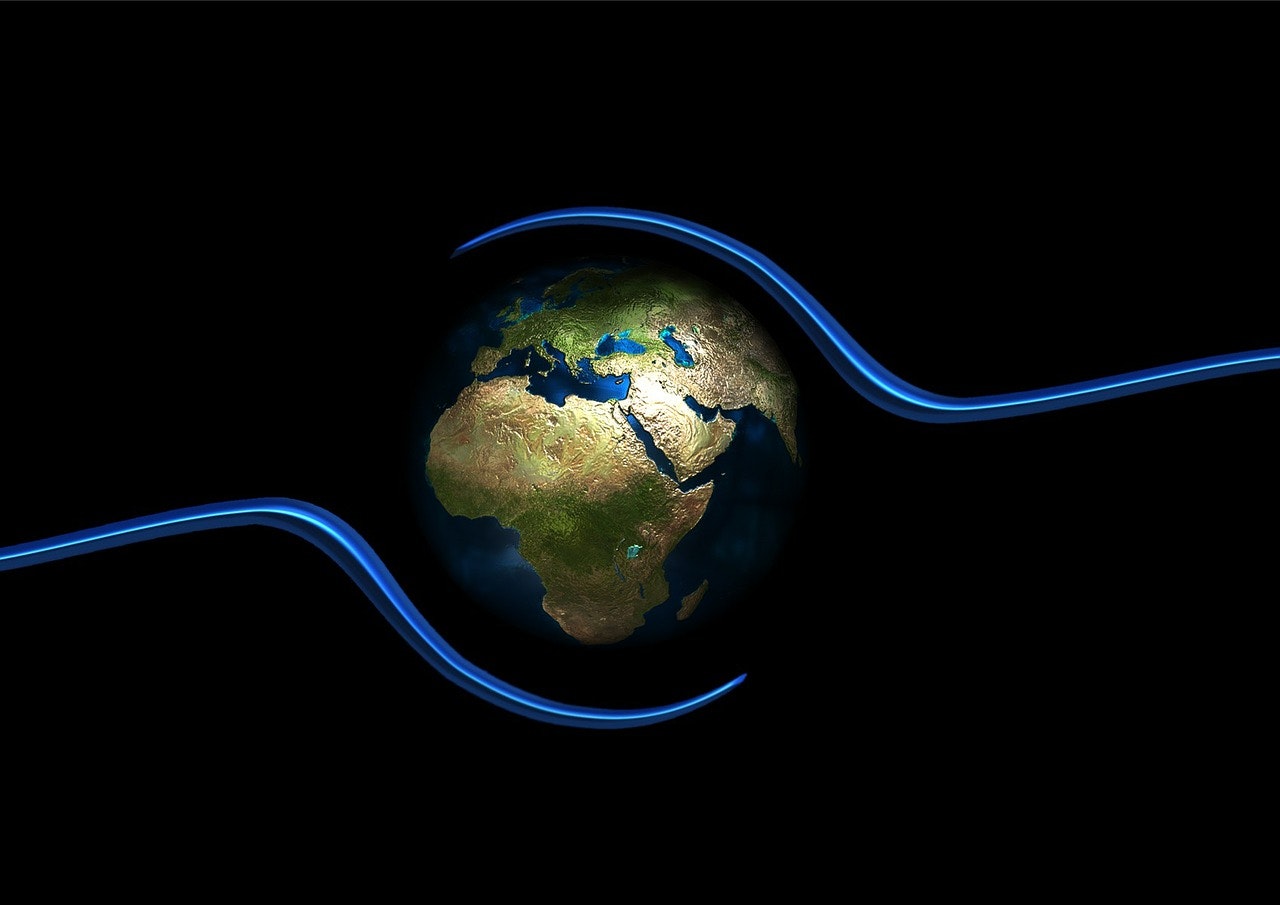Resources and Climate Change

Climate Change
Climate change is any significant long-term change in the expected patterns of average weather of a region over a significant period of time. Climate change is about abnormal variations to the climate, and the effects of these variations on other parts of the Earth.
Local Climate
The climatic character of the RCRCD area is semi-arid, Mediterranean, with warm, dry summers and usually mild, wet winters. Although there is one distinct climate, there are many micro-climates within the District, which vary depending upon elevation, vegetation, landforms (topography), aspect in relation to the sun, amount of paved surface area, etc. Areas to the west have cooler summers due to onshore breezes. Upland areas have colder winters due to the higher elevations. Summer temperatures often exceed 100 degrees F, but nights are much cooler and winter nighttime temperatures rarely drop below 28 degrees F. Annual precipitation averages 10 inches. The average growing season for crops ranges from 250 to 300 days along the valley areas, to less than 250 days in the upland areas. California has been experiencing extreme drought, with rainfall less than 6 inches in many local areas which leads to stressed habitats, fallowed farmlands, and dry waterways.
Resources
Updated document coming soon!


